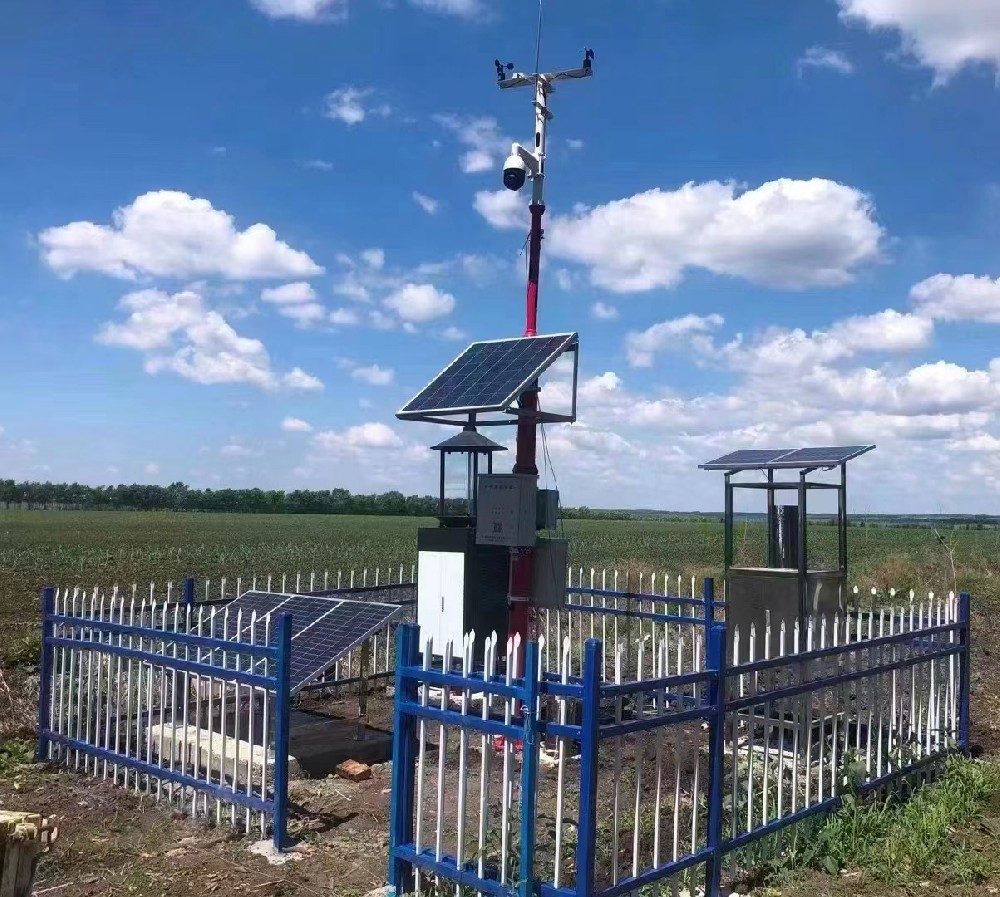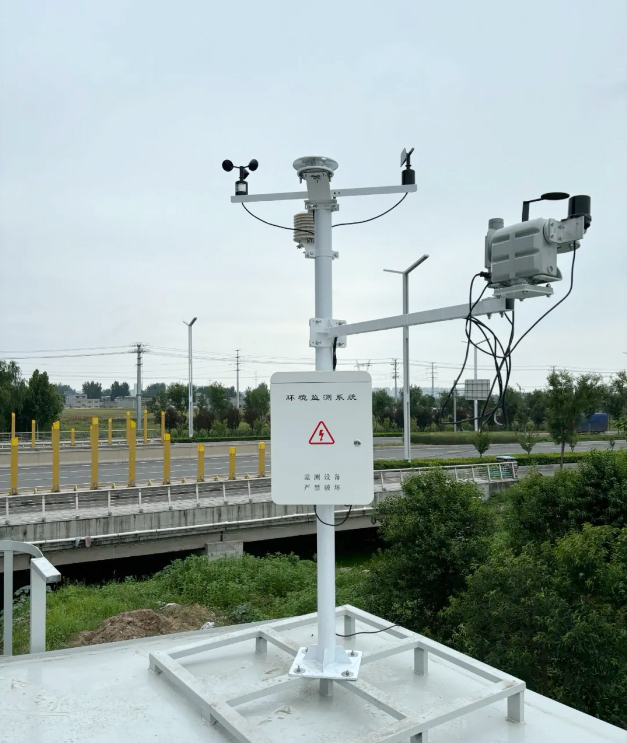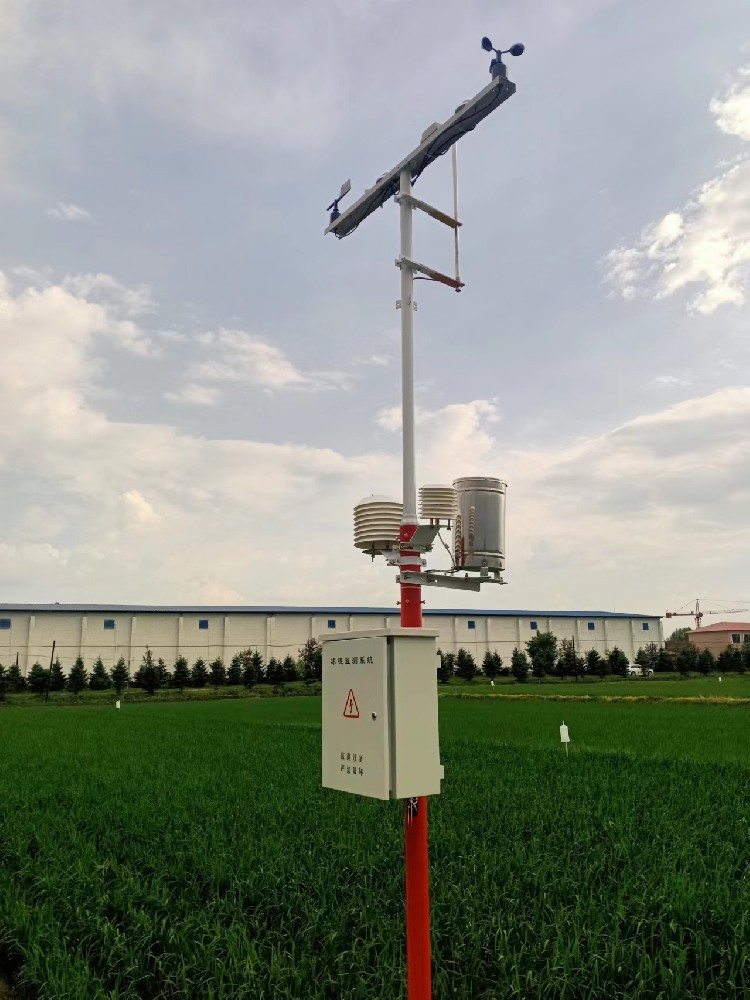

— Blogs —
—Products—
 Consumer hotline +8618073152920
Consumer hotline +8618073152920 WhatsApp:+8615367865107
Address:Room 102, District D, Houhu Industrial Park, Yuelu District, Changsha City, Hunan Province, China
Product knowledge
Time:2024-11-24 15:50:00 Popularity:203
In the field of meteorological monitoring, automatic weather stations have become the preferred tool for data collection due to their flexibility, portability, and efficiency. However, with a wide range of weather station products available in the market, selecting the most suitable one for your needs can be a challenging task. This article will explain how to choose the right automatic weather station by considering three key factors: sensor selection, power supply methods, and transmission methods.
The core of an automatic weather station lies in the sensors it is equipped with. These sensors convert meteorological parameters into electrical signals, which are then recorded, analyzed, and transmitted. Therefore, when choosing a weather station, the first step is to clearly define your monitoring needs.
- Purpose: To understand temperature variations in the environment.
- Temperature Sensors: Temperature sensors provide real-time measurement and recording of air temperature, offering critical data for research or production activities.
- Purpose: Influences plant growth, air quality, and human comfort.
- Relative Humidity Sensors: Humidity sensors help you accurately track changes in environmental humidity.

- Purpose: Important for wind power, maritime, aviation, and meteorological research.
- Wind Speed and Direction Sensors: These sensors collect real-time wind speed and direction data to assist in decision-making.
- Radiation Sensors: Measure solar radiation intensity.
- Rainfall Sensors: Measure precipitation amounts.
- Pressure Sensors: Measure atmospheric pressure.
- Light Sensors: Measure light intensity.
- Soil Moisture Sensors: Monitor soil moisture levels.
You can flexibly combine sensors based on your specific monitoring needs.
The power supply methods for automatic weather stations primarily include solar power and mains electricity.
- Suitable for: Areas far from the power grid or with unstable electricity supply.
- Advantages: Environmentally friendly, energy-saving, and low maintenance costs.
- Disadvantages: Higher initial investment and requires periodic maintenance of solar panels and batteries.
- Suitable for: Locations with stable electricity supply nearby.
- Advantages: Economical and convenient; no need for additional solar panels or batteries.
- Disadvantages: Dependent on the power grid, may not work during power outages.
When choosing a power supply method, it is essential to consider the installation location, power supply availability, and budget to make the most reasonable decision.

The data transmission method of an automatic weather station determines whether the data can be transmitted to the receiving end accurately and in real-time. The common transmission methods include wired and wireless transmission.
- USB Wired Communication: Suitable for short-distance data transmission, such as directly connecting to a computer, with a transmission distance limit of about 10 meters.
- RS485 Wired Communication: Suitable for longer-distance data transmission, with a maximum communication distance of up to 800 meters, ideal for connecting most weather stations to data collection systems.
- Advantages: Stable transmission and less susceptible to electromagnetic interference.
- Disadvantages: Installation is more complex and requires wiring.
- GPRS/4G/5G Wireless Communication: Suitable for long-distance or mobile monitoring scenarios, not limited by geographical distance, making it ideal for remote data transmission.
- Advantages: Easy to install and highly flexible.
- Disadvantages: May incur additional communication costs, and signal stability can be influenced by environmental factors.

The installation of a wired communication weather station is typically more complex than a wireless one, especially in terms of physical wiring. However, the process remains systematic and follows specific steps. Below are the general steps and complexity analysis for installing a wired communication weather station:
- Site Selection: Choose an open area that meets monitoring needs, ensuring that there are minimal obstructions to data collection.
- Planning: Consider the layout of the lines from the weather station to the data processing center, ensuring the lines can be safely and discreetly laid.
- Foundation: If installing in a fixed position, basic construction may be required, such as building a foundation for the support stand or mast to ensure stability.
- Mounting: Each sensor needs to be installed correctly and connected to the data acquisition unit. This involves securing temperature, humidity, wind speed, wind direction, and other sensors in the correct positions and ensuring proper alignment and sealing to prevent environmental interference.
- Cable Selection: Choose the appropriate cable type to ensure transmission quality and stability.
- Cable Routing: Plan the cable route reasonably to avoid cross-interference, and consider cable protection to prevent damage from weather or physical factors.
- Wiring: Connect the sensors to the data acquisition unit or control cabinet with specialized cables, ensuring correct wiring.

- Hardware Setup: Ensure that the data acquisition unit is correctly configured to match the sensors and set the appropriate communication protocol (e.g., RS485).
- Software Configuration: Ensure that the data acquisition software is properly set up to display and record the data correctly.
- Initial Testing: After installation, conduct initial testing to ensure that data can be accurately transmitted from the sensors to the data acquisition unit.
- Debugging: Based on the test results, perform necessary adjustments to ensure the system operates smoothly.
- Regular Checks: Wired connections require regular inspection to ensure the integrity of the cables and avoid data interruption due to physical damage or corrosion.
- Protective Measures: Take necessary protective measures, such as waterproofing, dustproofing, and lightning protection, to ensure stable long-term operation of the equipment.
Overall, the complexity of installing a wired communication weather station lies in the planning and execution of the wiring process. This requires detailed planning and professional installation to ensure the stability and reliability of data transmission. However, once installed, a wired system typically offers greater stability than wireless systems, reducing the risks of signal interference and disconnection.
When choosing a transmission method, you should comprehensively consider the installation location, data transmission distance, and network environment. Wireless transmission may be more suitable for remote or poorly connected areas, while wired transmission might be more economical and stable in areas with good network conditions.
- Protection Level: Choose a weather station with a high protection rating (e.g., IP65) to ensure it can operate stably under the expected climate conditions.
- Weather Resistance: Consider the durability and corrosion resistance of the materials used to ensure long-term use.
- Ease of Installation: Choose a model that is easy to install and maintain, especially for non-professional users. Simplicity in operation is key.
- Support Stand Stability: Ensure that the stand is sturdy to prevent damage from wind or other external factors.
- After-sales Service: Choose a brand with a good after-sales service and technical support to ensure timely resolution of any issues that arise during long-term use.
- Technical Support: Ensure that the supplier can offer necessary technical support and training.

Choosing the right automatic weather station is not an easy task. It requires comprehensive consideration of factors such as sensor selection, power supply methods, and transmission methods. By clearly defining your monitoring needs, evaluating power supply availability, and considering data transmission distance, you can make a more precise decision in selecting the most suitable weather station for your needs. We hope this article provides useful insights and guidance to help with your selection.
Related recommendations
Sensors & Weather Stations Catalog
Agriculture Sensors and Weather Stations Catalog-NiuBoL.pdf
Weather Stations Catalog-NiuBoL.pdf
Related products
 Combined air temperature and relative humidity sensor
Combined air temperature and relative humidity sensor Soil Moisture Temperature sensor for irrigation
Soil Moisture Temperature sensor for irrigation Soil pH sensor RS485 soil Testing instrument soil ph meter for agriculture
Soil pH sensor RS485 soil Testing instrument soil ph meter for agriculture Wind Speed sensor Output Modbus/RS485/Analog/0-5V/4-20mA
Wind Speed sensor Output Modbus/RS485/Analog/0-5V/4-20mA Tipping bucket rain gauge for weather monitoring auto rainfall sensor RS485/Outdoor/stainless steel
Tipping bucket rain gauge for weather monitoring auto rainfall sensor RS485/Outdoor/stainless steel Pyranometer Solar Radiation Sensor 4-20mA/RS485
Pyranometer Solar Radiation Sensor 4-20mA/RS485
Screenshot, WhatsApp to identify the QR code
WhatsApp number:+8615367865107
(Click on WhatsApp to copy and add friends)